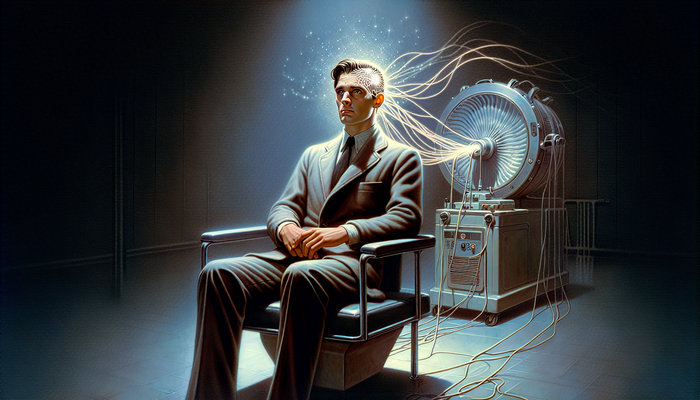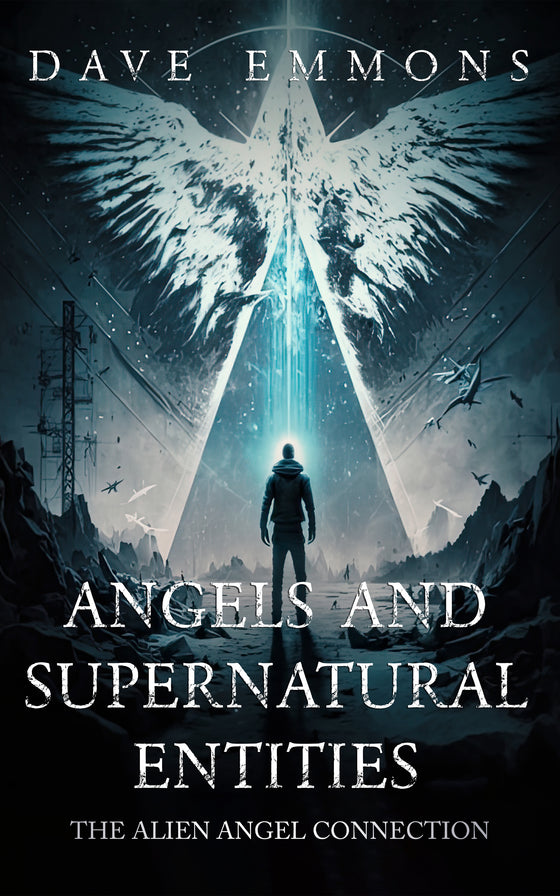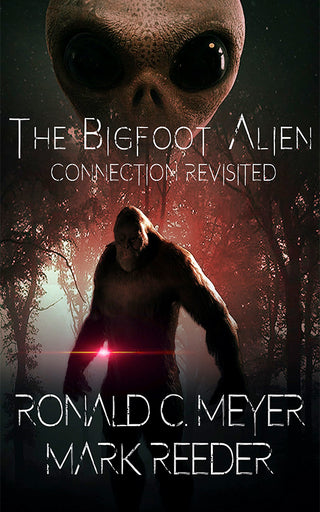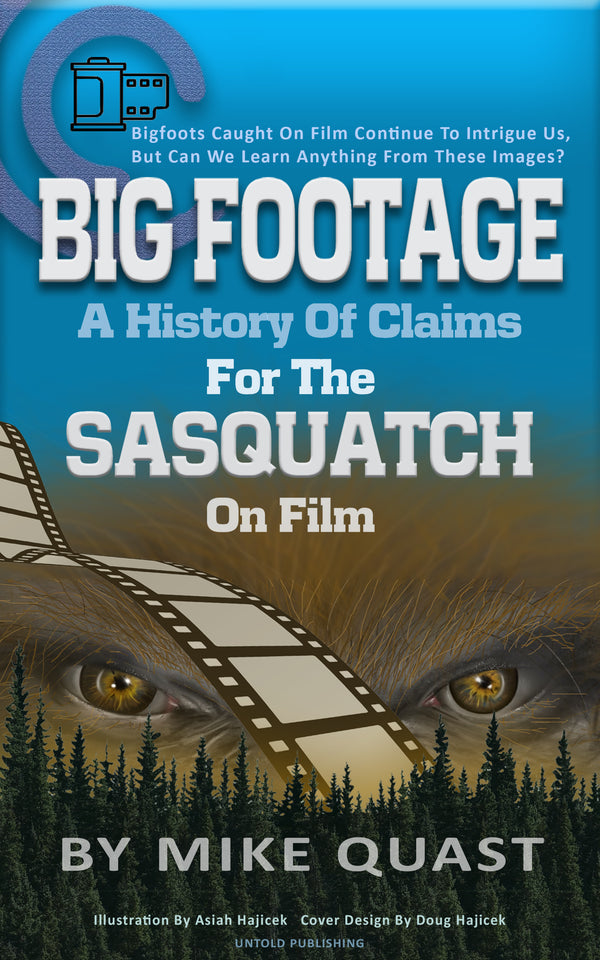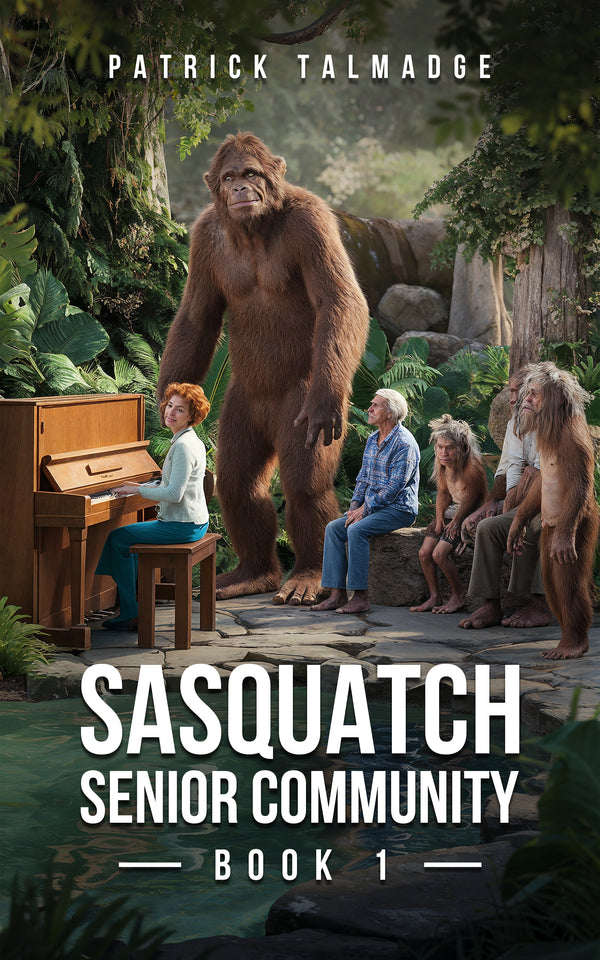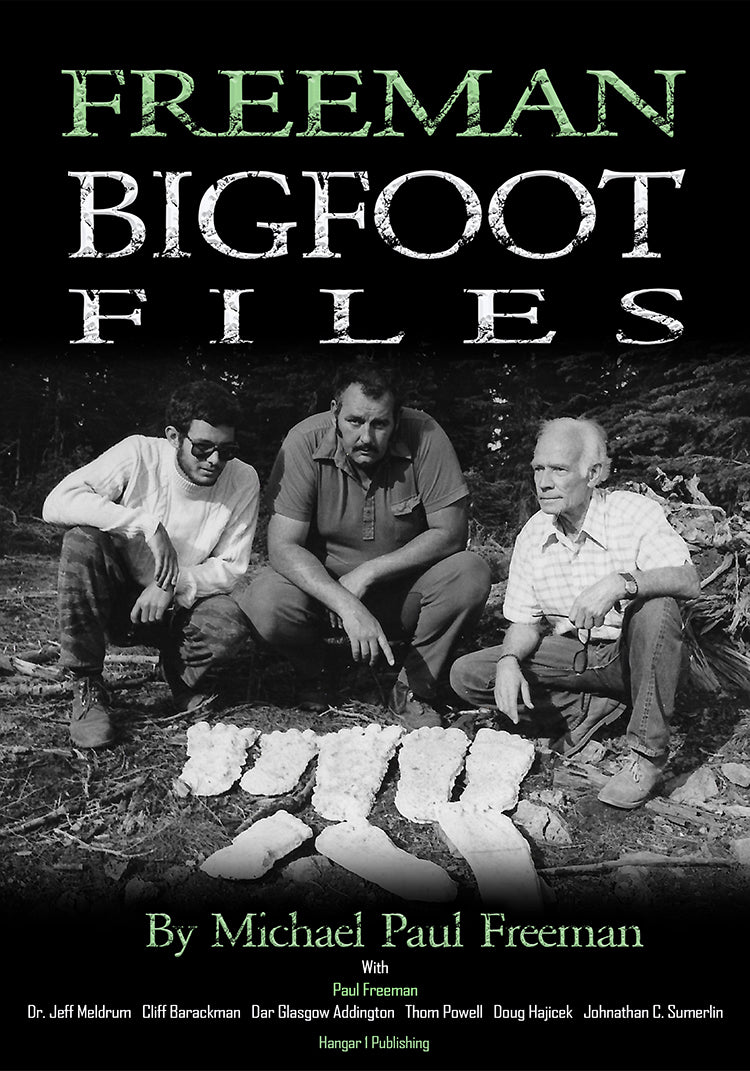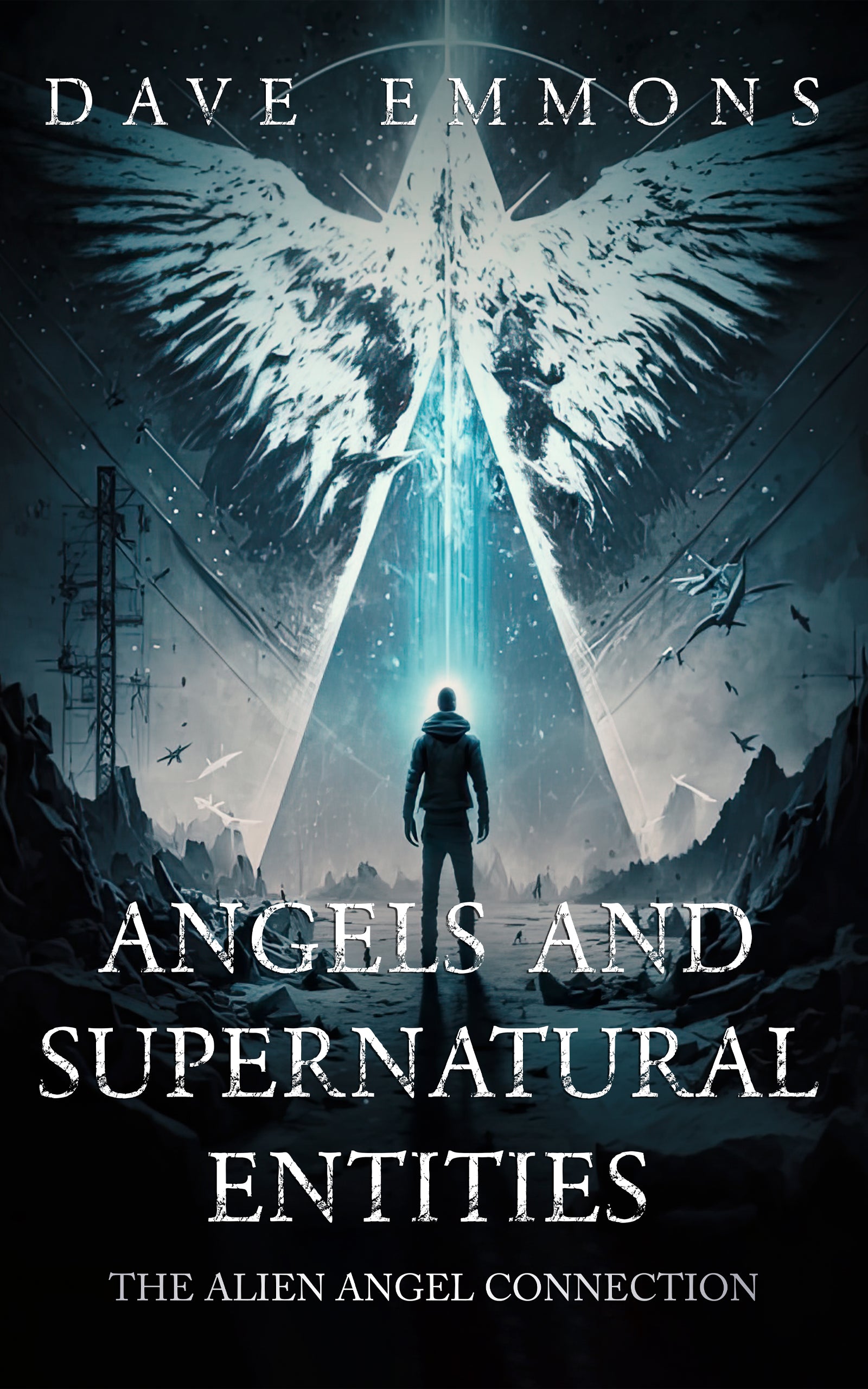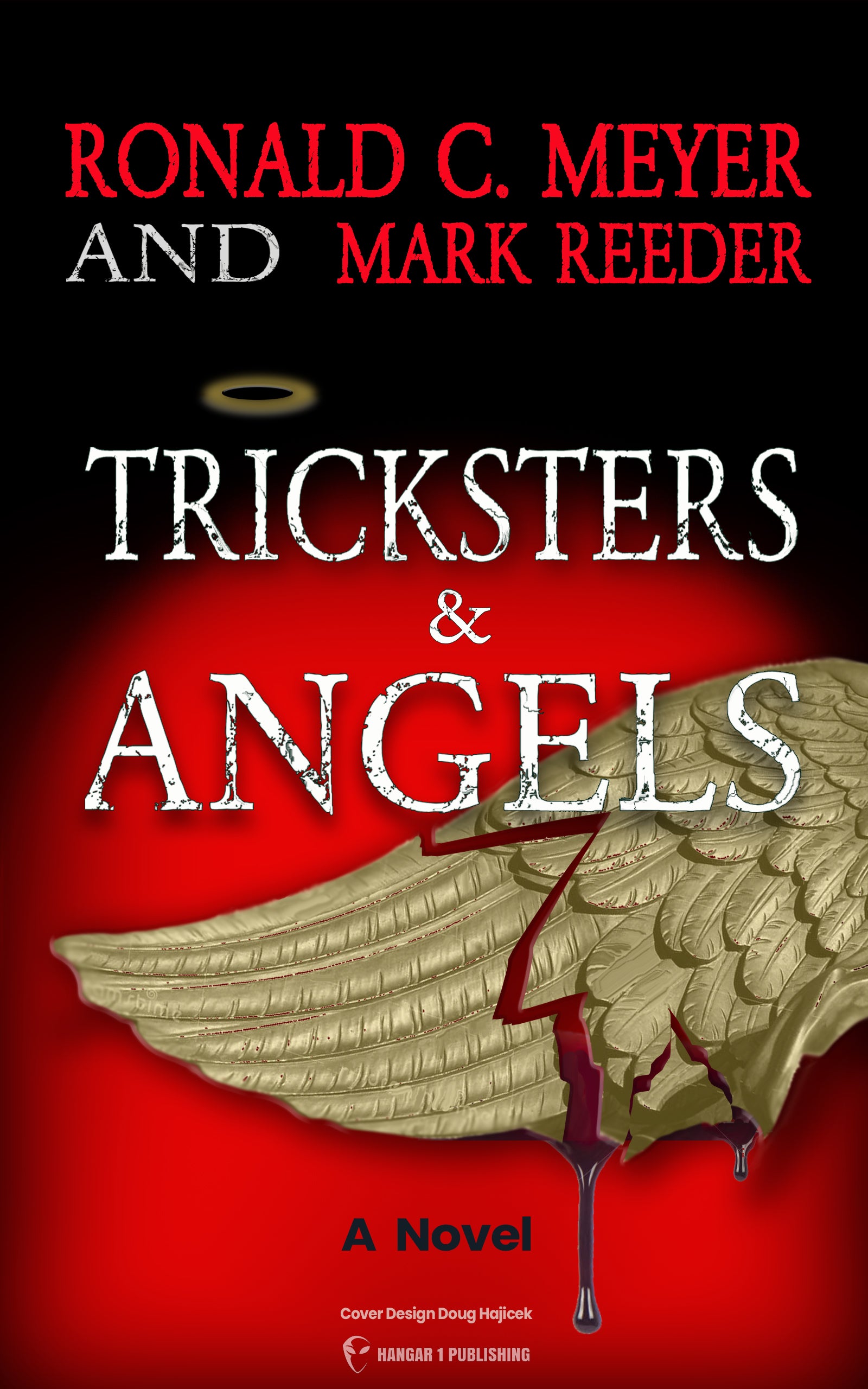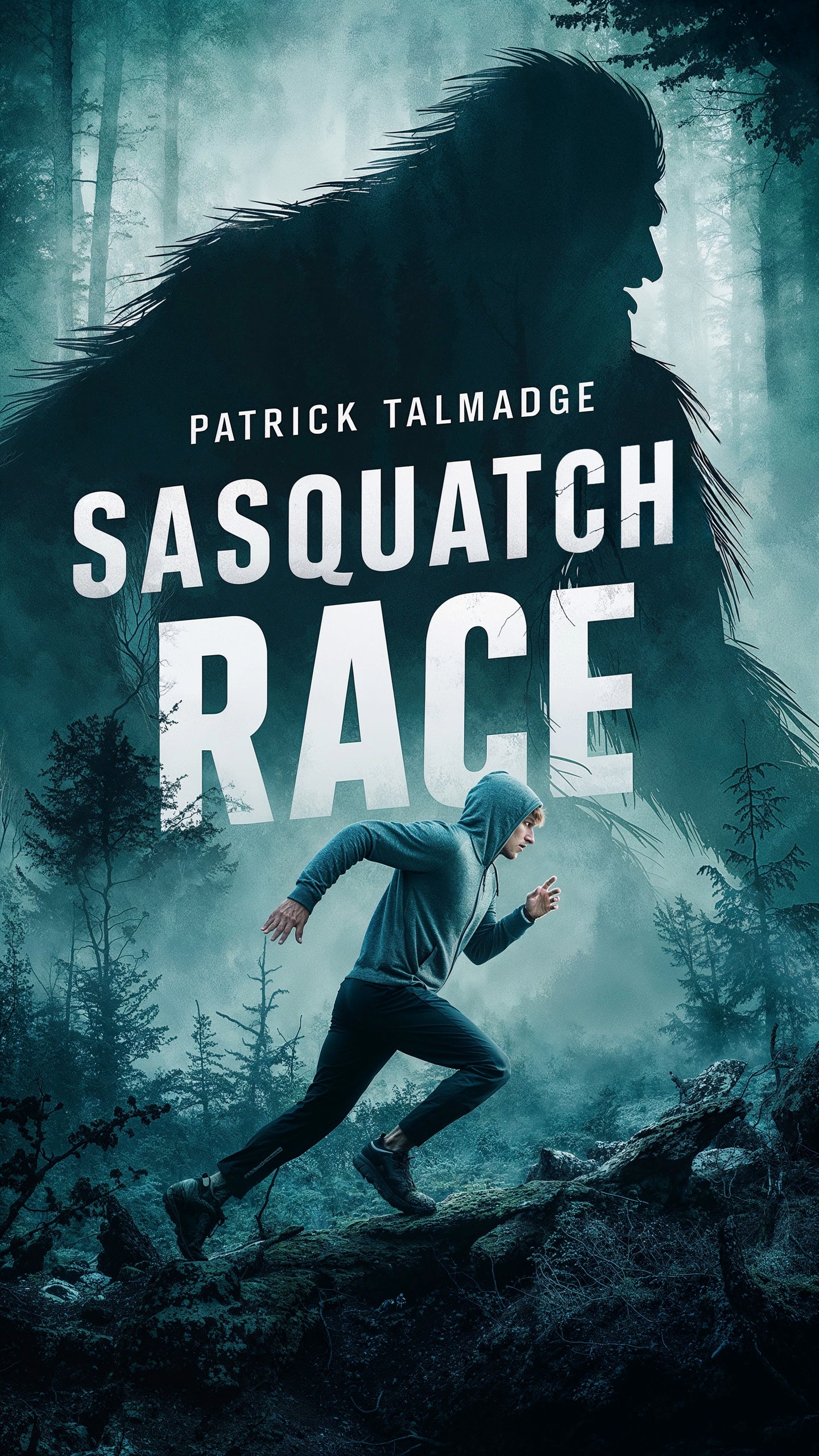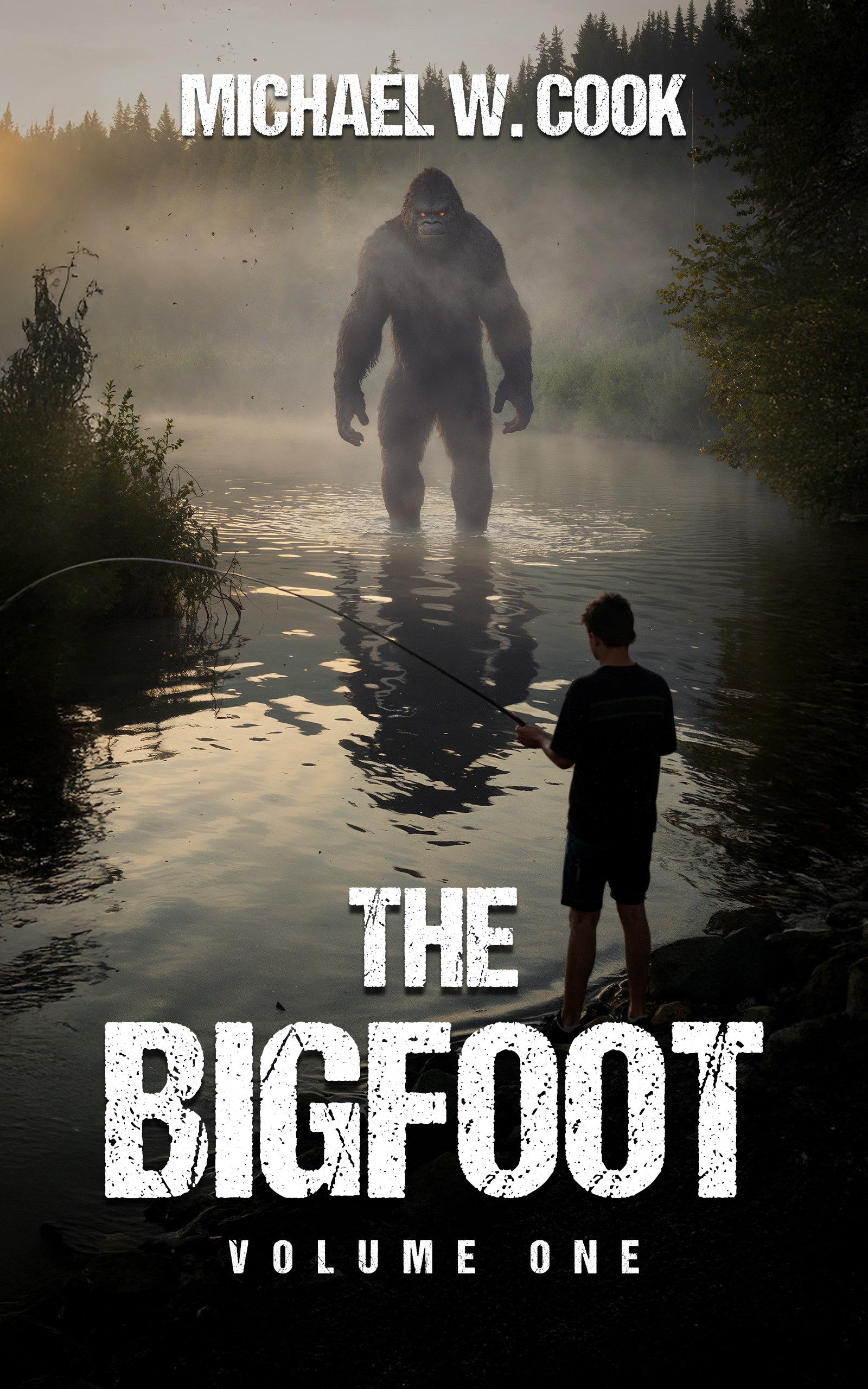The Extraterrestrial Disclosure Timeline
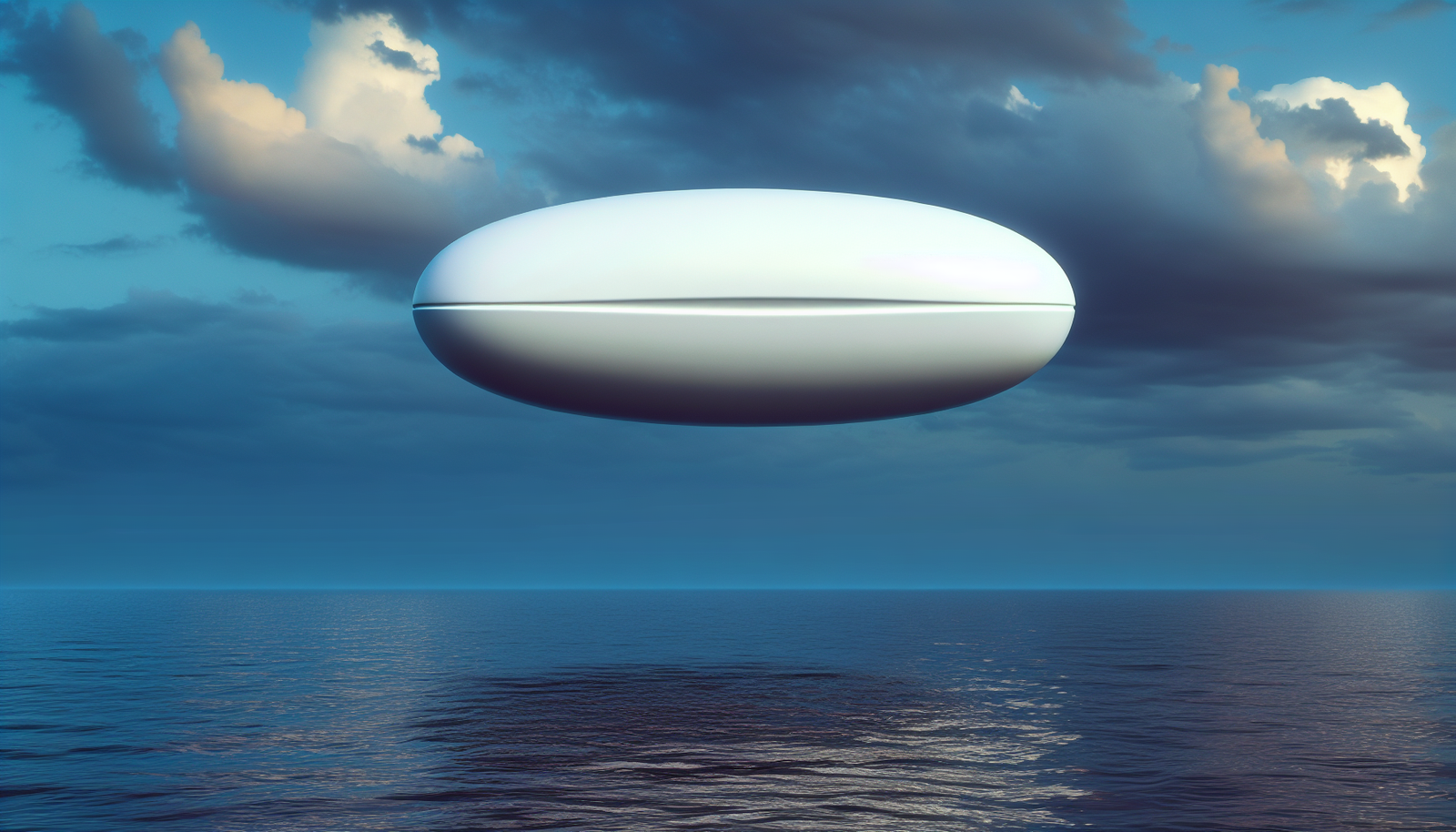
By Malcolm Blackwood, Ufologist
: A Comprehensive Journey from Ancient Whispers to Modern Revelations
We live in an age where grainy Navy videos depicting objects performing impossible maneuvers flash across news screens, and former intelligence officers testify under oath before Congress about alleged non-human technology. It's a far cry from tales whispered around campfires centuries ago, yet the fundamental question remains: Are we alone? The "Extraterrestrial Disclosure Timeline" isn't merely a chronological list; it's the sprawling, often contradictory story of humanity's persistent encounters with unexplained aerial phenomena (UAP), the shifting sands of scientific interest, the tight-lipped responses of governments, and the evolving public perception of something potentially extraordinary. Our fascination with lights and objects in the sky that defy easy explanation isn't new; you can find echoes of it in the oldest texts humanity possesses. This exploration aims to chart that course, drawing on decades of reports, investigations, and recent seismic shifts in official discourse, piecing together the puzzle of what we know, what we don't, and why the conversation is louder now than ever before. Prepare for a journey through history, where folklore meets radar tracks, and the lines between science fiction and potential reality seem increasingly blurred.
Echoes from the Distant Past (Pre-20th Century)
Before the terms "UFO" or "UAP" entered our vocabulary, strange sights in the heavens were recorded, often interpreted through the dominant beliefs of the era. Consider Ezekiel's biblical vision of fiery wheels within wheels – while rooted in religious scripture, modern theorists sometimes point to it as an ancient description of something akin to an extraterrestrial craft. We must be careful not to impose modern interpretations wholesale onto ancient texts, of course, but the resonance is intriguing. Throughout medieval and Renaissance Europe, chronicles documented unusual aerial objects, often viewed as divine omens or portents, coloured by the religious and superstitious frameworks of the time. These weren't isolated incidents. Fast forward to the 19th century, and a curious wave of "mysterious airship" reports swept across the United States and elsewhere. From the 1830s through the 1890s, newspapers carried accounts of large, often cigar-shaped or dirigible-like objects moving silently or with strange lights through the night sky. While explanations ranged from hoaxes to misidentifications, these reports signify a growing awareness, a sort of proto-UFO consciousness, emerging even before powered flight became commonplace. These early whispers suggest the phenomenon, whatever its ultimate nature, has been part of the human experience for a very long time.
The Dawn of the Modern Age: Laying the Foundation (1940s-1960s)
The 1940s detonated the modern UAP era, laying down tracks that still guide the conversation today. The year 1947, in particular, stands out as a watershed moment. On June 24th, private pilot Kenneth Arnold, flying near Mount Rainier, Washington, reported seeing nine gleaming objects skipping through the air like saucers across water. His description, captured and amplified by eager reporters, gave birth to the term "flying saucers." This wasn't just one man's sighting; it was like striking a match in a dry forest. Reports flooded in from across the nation, cementing the image of the disc-shaped craft in the public imagination and proving the immense power of media attention in shaping this narrative.
Barely weeks later, in July, the desert sands near Roswell, New Mexico, became the setting for arguably the most iconic and hotly debated event in the timeline. A local rancher discovered unusual debris. The initial press release from the Roswell Army Air Field startlingly announced the capture of a "flying disc." The story exploded. But almost as quickly, the narrative flipped. A second press release retracted the first, stating the debris was merely a weather balloon. For many, this sudden reversal smelled of a cover-up. Over the decades, testimonies emerged – some credible, some less so – alleging not just metallic scraps but also the recovery of small, non-human bodies. Roswell became the lodestone for theories of government conspiracy, the ground zero event believed by many to have necessitated decades of secrecy, perhaps born from a fear of societal collapse, as posited in analyses of the earlier War of the Worlds broadcast panic. It's the event often linked to the birth of the highly controversial, alleged clandestine group known as Majestic 12 or MJ-12, supposedly tasked with managing the secret of extraterrestrial contact.
Faced with this surge in sightings and public clamor, the U.S. government couldn't simply ignore it. In 1948, the Air Force initiated Project Sign, its first official foray into studying these phenomena, primarily through the lens of national security – asking "Is this a threat?" rather than "What is this?". Project Sign morphed into Project Grudge, and finally, in 1952, into the longest-running official investigation: Project Blue Book. For 17 years, Blue Book amassed thousands of reports. Its official line, upon closing in 1969 (following the controversial Condon Report which dismissed UFOs as unworthy of further scientific study), was that most sightings were explainable as natural phenomena or conventional aircraft, and none posed a threat. However, the project’s own files contained a significant asterisk: 701 cases remained stubbornly “unidentified.” This unresolved fraction, coupled with the project's perceived debunking stance by critics, only deepened public mistrust and fueled theories that the government knew more than it was letting on. Closing the official book didn't close the public's mind.
The 1950s, often dubbed the "Golden Age of UFOs," kept the phenomenon squarely in the public eye. Imagine the scene in July 1952: radar screens at Washington National Airport and nearby military bases light up with multiple unidentified targets buzzing restricted airspace over the U.S. capital. F-94 interceptors scramble, only for the objects to vanish and reappear, demonstrating seemingly impossible speed and maneuverability. The objects’ apparent ability to evade interception pointed towards capabilities far beyond known aircraft. The subsequent Air Force press conference, attributing the sightings to temperature inversions, was met with widespread skepticism, further reinforcing the perception of obfuscation. Other notable moments include the famous McMinnville photographs of 1950, showing two disc-like objects, which remain debated but visually iconic, and the 1957 Levelland, Texas case, where multiple witnesses reported engine-stalling encounters with a glowing object.
This period also saw the emergence of more disturbing narratives. The 1961 Betty and Barney Hill case in New Hampshire brought the concept of "alien abduction" into the mainstream. Their account, elicited under hypnosis, of being taken aboard a craft and subjected to medical examinations by non-human beings became a template for countless similar claims, adding a new, frightening dimension to the phenomenon. Meanwhile, grounded encounters also occurred. In 1964, Socorro, New Mexico police officer Lonnie Zamora reported witnessing an egg-shaped craft landing and observing two small figures beside it before it took off with a roar. Thoroughly investigated by Project Blue Book and even reaching the desk of consultant Dr. J. Allen Hynek, the Zamora incident remains one of the most credible, yet unexplained, close encounter cases on record. Even figures like Admiral Richard E. Byrd, the famed polar explorer, became tangentially linked through a highly controversial alleged diary detailing encounters with flying discs in a hidden land beyond the pole – while likely apocryphal, its association with such a prominent figure speaks volumes about how deeply these ideas permeated the culture.
Shadows of the Cold War: National Security and Unexplained Interference (1960s-1980s)
The Cold War’s nuclear anxieties cast a long, ominous shadow over the UAP timeline. A chilling new pattern emerged: reports from credible military personnel alleging direct interference by unidentified objects with America's most sensitive nuclear weapons sites. Imagine being a missile launch officer, like Robert Salas at Malmstrom Air Force Base in 1967, reporting that all ten of your independently operating ICBMs suddenly went offline simultaneously as a glowing red object hovered above. Or Captain David Schindel's account from Minot AFB in 1966 of an 80-foot-wide craft appearing over the missile field. Reports from Walker AFB spoke of UFOs shining beams down onto missile silos. Even during missile test flights, like one reported by Lt. Robert Jacobs over Big Sur in 1964, a saucer-shaped craft allegedly circled a dummy warhead, fired beams of light at it, and then vanished at incredible speed. These weren't just passive sightings; they suggested active, intelligent engagement with – and potential neutralization of – nuclear capabilities. The testimonies of these veterans, sometimes presented decades later in press conferences calling for congressional investigation, painted a picture not just of mystery, but of a potential threat operating with impunity around the nation's most critical defense assets.
This theme echoed across the Atlantic. The Rendlesham Forest incident in Suffolk, England, in December 1980, is often called "Britain's Roswell." U.S. Air Force personnel stationed at RAF Woodbridge, a base used for nuclear weapons storage at the time, reported seeing descending lights in the nearby forest. Entering the woods, they encountered a glowing, metallic, triangular craft. Deputy Base Commander Lt. Col. Charles Halt led a subsequent investigation, recording strange radiation readings and observing flashing lights and star-like objects beaming down streams of light. His contemporaneous audio recording, the "Halt Tape," captures the confusion and awe of the moment. Again, whispers of official pressure to remain silent followed, reinforcing the pervasive theme of secrecy surrounding such events, especially when they occurred near sensitive military installations.
Other encounters continued to punctuate the era. In 1986, the crew of Japan Air Lines Flight 1628 over Alaska reported being paced by enormous unidentified objects, tracked by both ground and airborne radar. The Gulf Breeze sightings in Florida in 1987 produced a trove of photographs and videos, sparking widespread interest, though later plagued by hoax accusations. And the skies over Belgium erupted between 1989 and 1990 with numerous reports of large, silent triangular craft fitted with bright lights. The Belgian Air Force scrambled F-16s on multiple occasions; radar tracked unknown targets, but pilots often couldn't make visual contact, highlighting the elusive nature of the phenomenon and leaving authorities, and the public, perplexed.
The Rise of Civilian Efforts and Growing Pressure for Transparency (Late 20th Century)
With Project Blue Book officially shuttered in 1969, the mantle of investigation didn't simply fall; it was picked up by concerned citizens and newly formed organizations. The Mutual UFO Network (MUFON), established that same year, became a key hub for civilian researchers. It provided a platform for witnesses to report sightings, trained field investigators to gather data, and offered a community for those seeking answers outside official channels. While sometimes criticized for exploring fringe topics, MUFON's persistence demonstrated an enduring public appetite for information and a refusal to let the subject fade away merely because the government had closed its official inquiry.
The late 20th century continued to deliver high-profile sightings that captured global attention. A 1991 solar eclipse over Mexico City provided the backdrop for multiple video recordings of a metallic disc hanging in the sky, witnessed by crowds already looking upwards. Then, in 1994, came the truly remarkable Ariel School incident in Ruwa, Zimbabwe. Over 60 schoolchildren reported witnessing a silver craft land near their playground and encountering small beings with large eyes, who allegedly communicated a telepathic environmental message that left the children deeply affected. The consistency of the children's accounts, documented by investigators including Harvard psychiatrist Dr. John Mack, makes it one of the most compelling mass sighting cases involving purported direct contact.
Perhaps the most striking event of this period was the Phoenix Lights incident on March 13, 1997. Thousands of people across Arizona and Nevada witnessed a massive, V-shaped formation of lights, or perhaps a single colossal craft, move silently across the night sky. Reports poured in from pilots, police officers, and ordinary citizens. The scale of the sighting was unprecedented. Then-Arizona Governor Fife Symington initially mocked the event at a press conference, but years later, he publicly admitted he had witnessed the phenomenon himself, describing it as "otherworldly" and something that couldn't be easily explained away by flares or conventional aircraft. The Phoenix Lights demonstrated that these events weren't confined to remote areas or unreliable witnesses; they were happening over major populated areas and being seen by vast numbers of credible people, making dismissal increasingly difficult. While bizarre and tragic events like the 1997 Heaven's Gate cult suicide, linked to the belief in a spaceship trailing the Hale-Bopp comet, showed how UFO beliefs could intersect with dangerous ideologies, the broader trend was towards more grounded, widespread observations demanding serious attention.
The Modern Era: Unprecedented Acknowledgment and the Push for Disclosure (21st Century - Present)
If the 20th century laid the groundwork, the 21st, particularly from 2017 onwards, has seen the hinges blown off the door of official secrecy. Many point to December 16, 2017, as the day the "Overton Window" for discussing UAP decisively shifted. The New York Times published a bombshell article titled "Glowing Auras and ‘Black Money’: The Pentagon’s Mysterious U.F.O. Program." It revealed the existence of the Advanced Aerospace Threat Identification Program (AATIP), a $22 million effort funded between 2007 and 2012 to investigate UAPs. The article introduced the public to key figures who would dominate the unfolding narrative: former intelligence officer Lue Elizondo, former Deputy Assistant Secretary of Defense for Intelligence Christopher Mellon, and the late Senator Harry Reid, a driving force behind AATIP's funding. Crucially, the story included links to three startling videos captured by Navy sensor pods: "FLIR1" and "GIMBAL" (from the USS Nimitz and USS Theodore Roosevelt carrier groups, respectively) and "Go Fast."
The release of these videos, initially through Mellon and Elizondo's association with Tom DeLonge's To The Stars Academy, created a media storm. The subsequent official actions were unprecedented. In 2019, the U.S. Navy confirmed the videos were authentic recordings of "unidentified aerial phenomena." Then, in April 2020, the Department of Defense officially declassified and released the videos to the public, confirming the objects remained characterized as UAP. While carefully avoiding extraterrestrial implications, the acknowledgment that trained pilots and advanced sensors were encountering objects exhibiting flight characteristics – like extreme speed, lack of visible propulsion, and instantaneous changes in direction – beyond known human technology was a profound shift.
This momentum spurred governmental reorganization. In August 2020, the Pentagon established the Unidentified Aerial Phenomena Task Force (UAPTF). Two years later, in July 2022, this was superseded by the All-domain Anomaly Resolution Office (AARO). AARO's mandate is significantly broader, tasked with synchronizing efforts across the DoD and other agencies to detect, identify, and attribute anomalous objects not just in the air, but also in space, underwater, and even traveling between these domains (transmedium). This signaled a more robust, institutionalized approach focused squarely on potential national security threats and safety-of-flight risks. Dr. Sean Kirkpatrick was appointed its first director.
NASA also entered the fray, announcing an independent study on UAP in June 2022. Assembling a 16-member team of experts in fields ranging from physics and astrobiology to data science, NASA aimed to lend its scientific heft to the problem. Their goal: identify how best to collect and analyze UAP data using rigorous scientific methods, improve understanding, and importantly, help destigmatize reporting by pilots and the public. Their preliminary assessment, released in June 2021 by the Office of the Director of National Intelligence (ODNI) based on UAPTF work, analyzed 144 military encounters between 2004 and 2021. While only one was definitively identified, the report concluded UAPs pose flight safety issues and could represent either advanced adversarial technology or something else entirely, demanding better data and analysis.
Then came perhaps the most explosive development: the whistleblower testimony. In June 2023, former National Geospatial-Intelligence Agency officer David Grusch came forward, represented by the original Inspector General of the Intelligence Community. His allegations, first reported by Leslie Kean and Ralph Blumenthal for The Debrief, were stunning. Grusch claimed, based on interviews with dozens of current and former high-level intelligence officials, that the U.S. government possesses craft of "non-human origin," has recovered "biologics" from some of these craft, and has been running multi-decade reverse-engineering programs – information he alleges was illegally withheld from Congress. He also filed a whistleblower reprisal complaint. In July 2023, Grusch testified under oath before a House Oversight subcommittee, alongside former Navy pilots Cmdr. David Fravor (who encountered the "Tic Tac" during the 2004 Nimitz incident) and Ryan Graves (who reported frequent encounters with UAP off the East Coast). Grusch reiterated his claims, stating interviews informed his conclusions. The impact was immediate. The Intelligence Community Inspector General had already deemed Grusch's initial complaint "credible and urgent" in 2022, lending official weight to his extraordinary narrative.
This testimony galvanized bipartisan action in Congress. Spearheaded by Senate Majority Leader Chuck Schumer and Senator Mike Rounds, the ambitious UAP Disclosure Act of 2023 was proposed as an amendment to the National Defense Authorization Act (NDAA). It aimed to compel the disclosure of all government UAP records, establish an independent review board modeled after the JFK Assassination Records Review Board, and even grant eminent domain authority to recover alleged non-human materials held by private contractors. While intense negotiation saw the review board and eminent domain provisions stripped out by some House Republicans resisting the measure, the final FY24 NDAA mandated the creation of a government-wide UAP records collection at the National Archives, requiring agencies to transfer relevant documents for eventual public release. Senators Rounds and Schumer, among others, continue to push for the stronger provisions, vowing that transparency efforts are a "marathon, not a sprint." More recently, Rounds has previewed a UAP Registration Act, designed to compel government agencies and private entities alike to register any technology or biological material suspected of non-human origin with AARO.
Adding a fascinating, if speculative, wrinkle to this modern push is the concept of "catastrophic disclosure." Research explored by physicist Matthew Szydagis attempts to statistically model the likelihood of an accidental, uncontrolled revelation – imagine a craft malfunctioning and crashing in Times Square, captured instantly on thousands of smartphones. Using variables like global population density, the exponential rise of smartphone camera ownership since the iPhone's debut, and various estimates of potential NHI crash rates (ranging from one per century based on Roswell alone, to Grusch's implication of dozens, to even higher numbers speculated in UFOlogy circles), the analysis suggests a surprisingly near-term possibility. Under median assumptions, the mean expected year for such an event (assuming NHI exist and aren't infallible) falls around 2040. While purely statistical modeling based on unknowns, it introduces the unsettling idea that the carefully managed pace of governmental disclosure might be irrelevant if chance intervenes first.
The Human Element: Voices from the Front Lines
Throughout this long timeline, one constant remains: the human element. It's the courage, bewilderment, and sometimes fear of individuals who witness something inexplicable that drives this narrative forward. From Kenneth Arnold in 1947, trying to describe something entirely outside his experience, to the pilots who tracked objects over Washington D.C., to the military personnel who reported nuclear site incursions, to modern whistleblowers like David Grusch risking their careers – these personal accounts are the bedrock upon which the phenomenon rests. We often hear about the stigma associated with reporting UAP sightings, a point underscored in NASA's study and Congressional hearings. Pilots, both military and commercial, fear ridicule or professional repercussions for reporting objects that don't fit known parameters. Overcoming this stigma is crucial, as these firsthand accounts, especially when corroborated by sensor data, provide invaluable, irreplaceable insights. Without these individuals willing to step forward, often at great personal cost, much of this story would remain hidden in classified files or dismissed as mere anecdotes. Their willingness to speak truth to power, or simply speak their truth, keeps the pressure on for transparency.
A Global Phenomenon: International Perspectives and Collaborations
While much of the recent focus, particularly regarding official disclosure efforts, centers on the United States, it's essential to remember that UAP sightings are a global phenomenon. The research highlights significant events well beyond American borders. We've seen the Belgian UFO wave of 1989-1990, the Tehran incident in 1976 where Iranian jets experienced equipment malfunctions while engaging a UFO, the Ariel School mass sighting in Zimbabwe, the disappearance of Frederick Valentich after reporting a UFO encounter over Australia, and the Shag Harbour incident in Canada. More recently, the shootdowns of unidentified objects over Canada and Alaska in early 2023, alongside the Chinese spy balloon incident, brought the issue back into sharp focus internationally. Furthermore, dialogue is happening at official levels. In May 2023, AARO hosted its first working group meeting with intelligence partners from the Five Eyes nations (US, UK, Canada, Australia, New Zealand) to discuss "areas of mutual interest and concern related to UAP." This signals a growing recognition that understanding this phenomenon requires international cooperation and data sharing, transcending national boundaries. The skies, after all, belong to everyone.
The Scientific Pursuit: SETI and the Search for Technosignatures
Parallel to the investigation of UAP encounters runs the scientific discipline known as SETI, the Search for Extraterrestrial Intelligence. While distinct from UAP research – SETI primarily uses radio and optical telescopes to listen for deliberate signals from distant star systems, whereas UAP study focuses on analyzing unexplained phenomena observed closer to home – they are related branches on the tree of inquiry into life beyond Earth. Organizations like the SETI Institute, founded by figures like Carl Sagan and Jill Tarter, employ rigorous scientific methods, seeking verifiable evidence of technologically advanced civilizations. Though decades of listening haven't yielded a confirmed alien signal (despite tantalizing moments like the 1977 "Wow!" signal), SETI's work lends scientific legitimacy to the fundamental question. The ongoing development of more powerful telescopes (like China's FAST, which explicitly includes SETI in its mission) and sophisticated data analysis techniques continually refines the search. A growing area within SETI is the hunt for "technosignatures" – any detectable evidence of extraterrestrial technology. This could range from searching for massive astro-engineering projects like Dyson spheres, analyzing exoplanet atmospheres for industrial pollutants, detecting waste heat, or even spotting artificial satellites orbiting other worlds. This overlaps conceptually with some UAP discussions, particularly regarding the nature of observed objects. Both fields grapple with the profound implications of the Fermi Paradox: if the universe is vast and old, and life potentially common, why haven't we found definitive evidence yet? SETI offers one methodical approach to finding an answer.
The Unfolding Narrative: Challenges, Tensions, and the Path Forward
Tracing the Extraterrestrial Disclosure Timeline reveals a narrative stretching across centuries, filled with perplexing sightings, governmental secrecy, bursts of public fascination, dedicated civilian investigation, and now, tentative steps towards official transparency. It's a story defined by the persistent tension between the perceived need for national security control and the public's burgeoning demand for answers about phenomena witnessed globally. Definitive, irrefutable proof – the smoking gun, whether it's unambiguous sensor data, recovered material verified as non-human, or an open contact scenario – remains elusive in the public domain. Skepticism is warranted, and the field is fraught with misidentifications, hoaxes, and genuine unknowns. Yet, the increasing tempo of official acknowledgments, the declassification of intriguing military encounters, the powerful testimony of credible whistleblowers validated by official processes, and the ongoing legislative pressure signify that this story is far from over. The path forward remains uncertain. Will gradual, controlled disclosure continue? Will scientific breakthroughs provide clearer answers? Or could an unexpected event, the "catastrophic disclosure" speculated upon by some analyses, force the issue? The questions surrounding UAP and the potential for non-human intelligence touch upon some of the deepest mysteries of our existence and our place in the cosmos. The narrative is still being written, chapter by compelling chapter.
From Bigfoot to UFOs: Hangar 1 Publishing Has You Covered!
Explore Untold Stories: Venture into the world of UFOs, cryptids, Bigfoot, and beyond. Every story is a journey into the extraordinary.
Immersive Book Technology: Experience real videos, sights, and sounds within our books. Its not just reading; its an adventure.


